With all modern technology, systems that were once cutting edge at the time of release slowly become outdated. This is merely part of the technological life cycle. For us, right now is the perfect time to recreate the Voyage Control platform to be more efficient, more reliable, and to better utilize new, more powerful computing technologies.
This series of articles is to document and showcase the process of rebuilding the Voyage Control platform. This is an exciting project where we can build on our learning from the current Voyage Control apps and develop a solution to better serve the evolving needs of our current clients, as well as those that will join us in the future as we move towards the goal of end-to-end supply chain management.
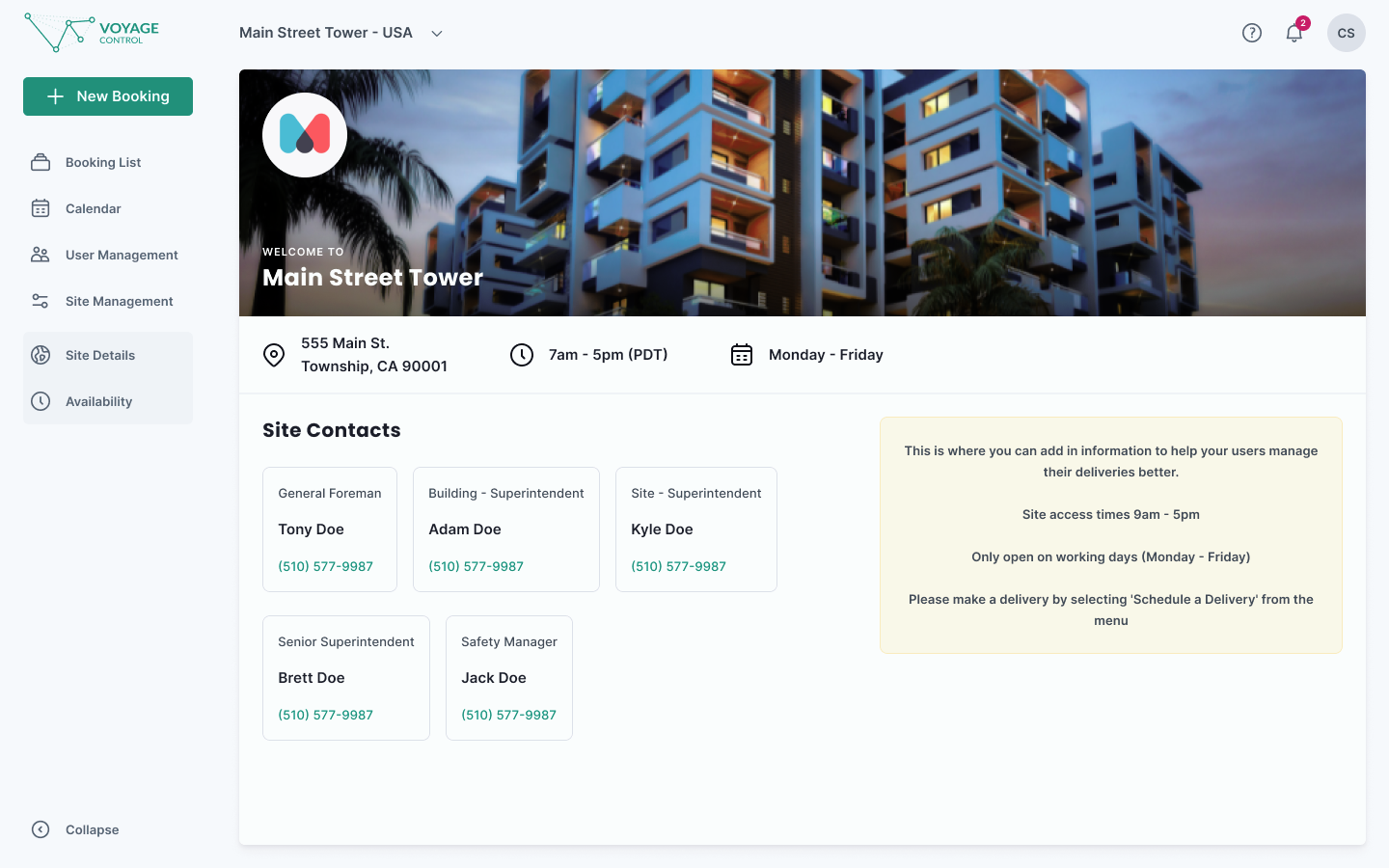
Why Rebuild?
Rebuilding a software application is actually more common than you might think. As with most things, apps reach a point where you can no longer make changes or additions to keep improving them. There are many reasons for this but the key ones are;
- Technological advancements - The technologies that were first class when originally built are now outdated and newer market-leading technologies have replaced them. Using the original iPhone today would be a terrible experience, but at the time it was groundbreaking!
- Feature creep - This is where over time lots of new features are added to a product, but with each addition, the product becomes more complicated to use and more resource-intensive to run. This usually leads to a worse user experience, slower overall performance, and harder maintaining the app.
- Changing user needs - Over time the needs of the users we serve change. A feature that might have been the most important when the product was first realized may now be less critical. New problems or challenges for users can arise for which they are looking to us for solutions.
Most of the time, and as is the case with Voyage Control, it's a combination of the above that leads to the technical need to rebuild your product.
All software products will reach a stage where this kind of decision needs to be made. On average, it’s about six years between product rebuilds or major overhauls. We have just reached the six-year mark with the Voyage Control platform, so we are right on time. This will actually be the third major iteration of the platform, and we hope it will give our users the tools to better understand and manage their supply chains.
What are we building?
Over the next six to twelve months, we will be rebuilding the Voyage Control platform, focusing on simplifying and enhancing our most loved features. We will be releasing the new platform in stages and slowly onboarding users when appropriate, based on when customizations and features they require are ready.
The main aims for this rebuild project are;
- To deliver a dramatically improved and simplified user interface and experience
- To improve the speed and overall performance of the platform
- To tailor our product offering to best suit the specific industries we serve
- To build a base from which we can achieve our vision of end-to-end supply chain management
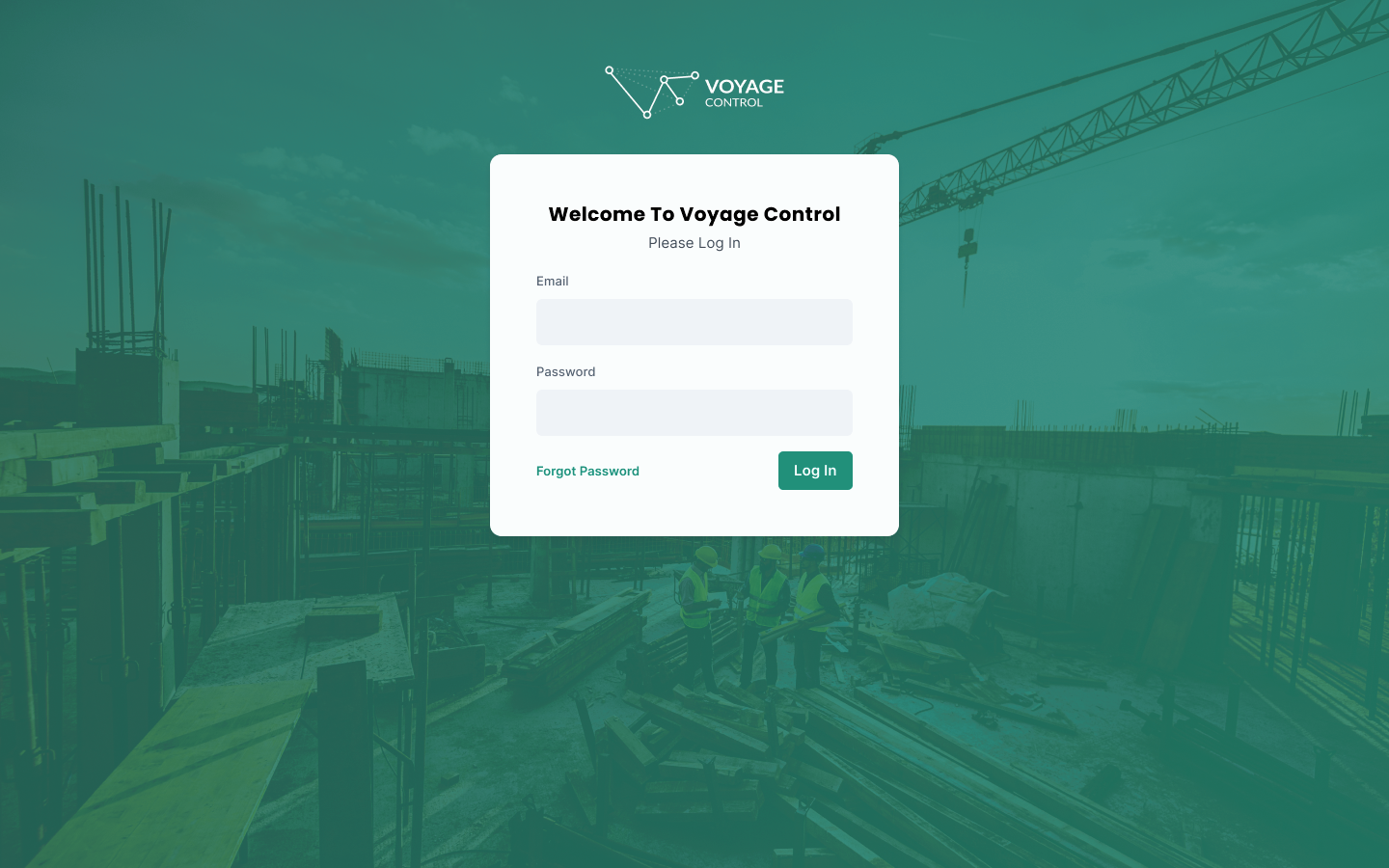
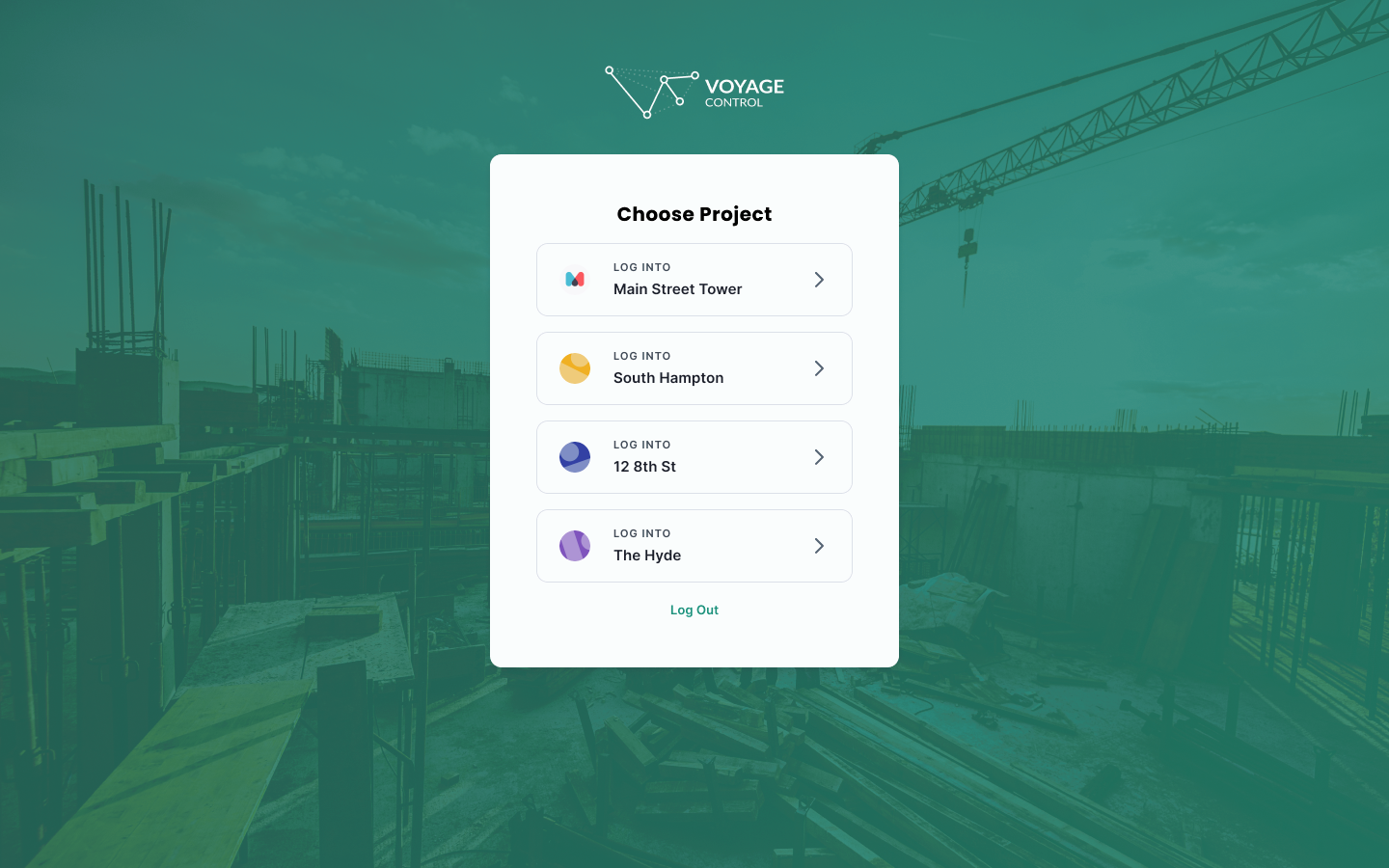
Where are we at?
We are using the agile methodology of Sprints for the rebuild. This means we break down the features, components, and tasks that need to get done into more manageable chunks. Then we must organize those chunks into discrete, two-week-long sprints. These sprints are to be based on a critical path sequence of things to complete, the capacity of the team, and the complexity of the task.
We are currently in Sprint Three and about to start Sprint Four. In our first few sprints, we spent a lot of time laying the groundwork for the new platform. This involved initializing programming frameworks, deciding on critical technologies to use, and setting up the infrastructure for the app to be built on. We also deployed our testing environment so our Quality Assurance team can rigorously test each and every component we build.
With all the groundwork in place, Sprint Three was about starting to build the user-facing elements of the platform such as the login, project selection, and project home screens as well as the behind-the-scenes organizational tools that allow various Voyage Control teams to best serve our customers.
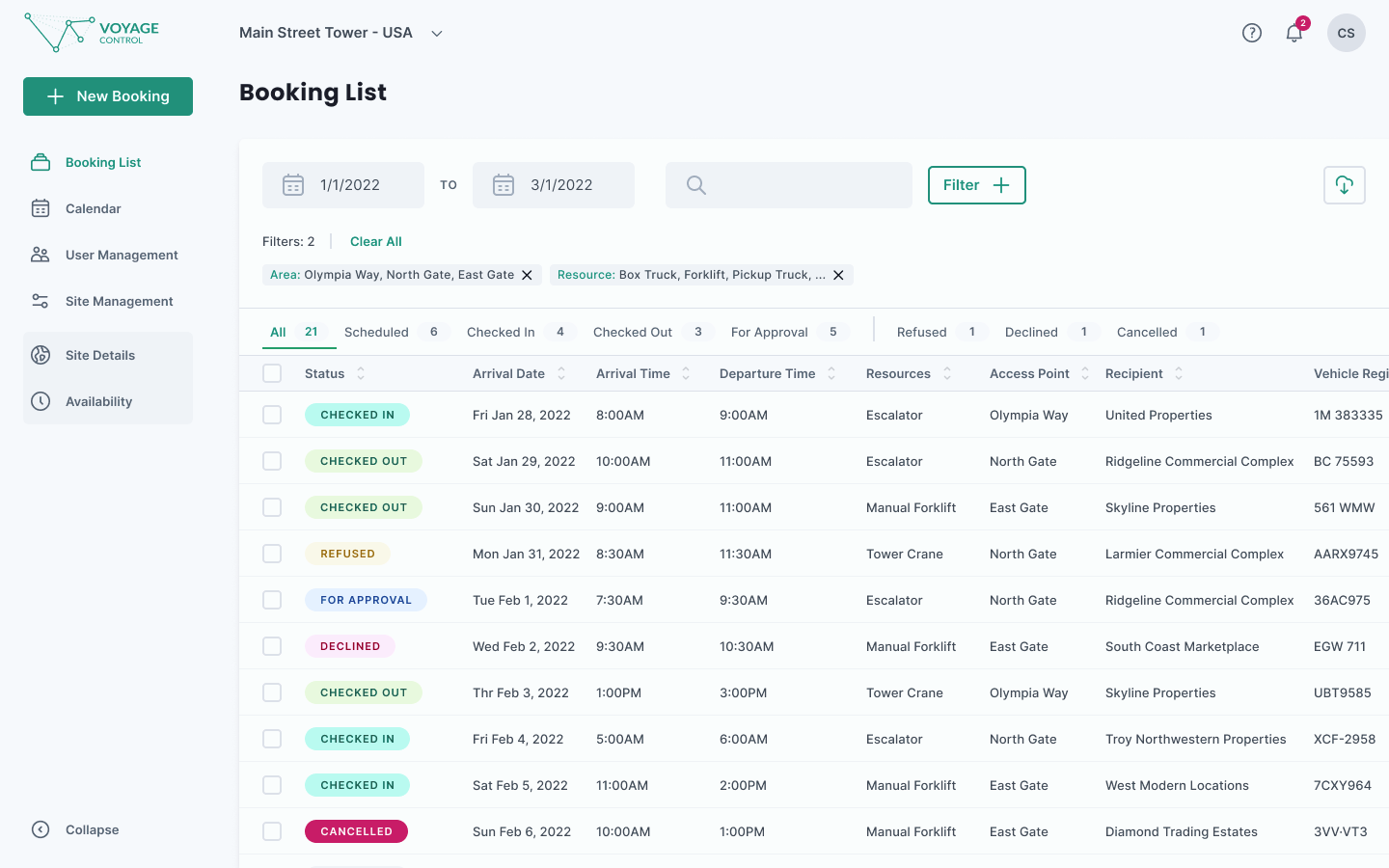
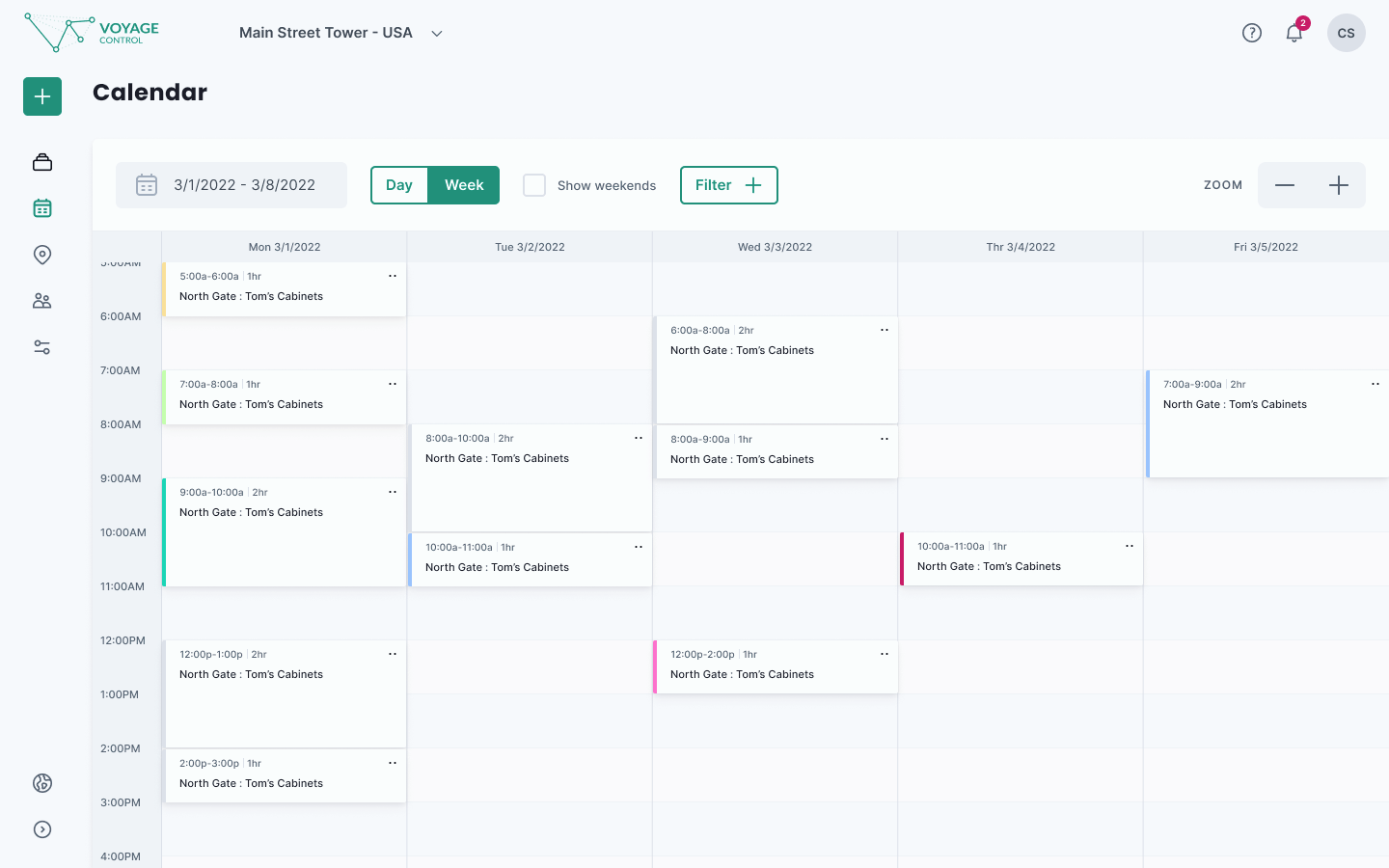
When can I have a go?
The plan is for version one to be ready for onboarding the first tranche of clients in Q4, 2022. As we develop more functionality through Q3, we will be inviting the Voyage Control team to come to play around with it and share their experiences.
Note: All included screenshots of the new platform as an overall example of the look and feel of the new platform. These screens are still in development so minor changes may occur between now and the final release.
Written by Scott Whiteside / Edited and Published by Adrian Sakellaris
